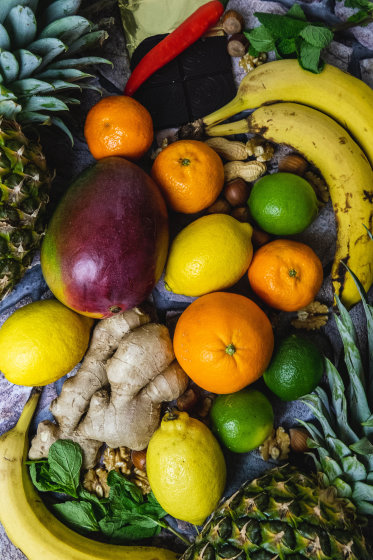The role of the three fats to understand first before weight loss

Fat is considered an enemy of dieting, but there are several types of fat, and some of them burn calories. Trust Dear, a biological science instructor at Staffordshire University, explains the types and roles of fat that you should understand before you lose weight.
Brown, white and beige: understanding your body's different fat cells could help with weight loss
Some fats can cause physical problems if they accumulate too much, while others have the role of burning calories to produce heat. Recent studies have shown that people with a high proportion of 'good fat' are more likely to burn calories when placed in a cold environment.
There are three types of fat: “white”, “brown”, and “beige”. Understand the scientific background of the three fats and how to convert them into different types before you lose weight. Is very helpful, says Deer.
First, fat is roughly divided into ' brown adipose tissue ' and ' white adipose tissue '.
White adipose tissue is mainly found in the body's connective tissues , namely subcutaneous fat and visceral fat. When a person eats, white adipose tissue converts excess energy called glucose into 'fat droplets.' Lipid droplets are usually a molecule called triacylglycerol . This process controls appetite and energy balance.

On the other hand, brown adipose tissue has so far been found only in newborns and has been thought to disappear with growth. However, a 2016 study showed that brown adipocytes
White adipose tissue is a so-called 'generally imaged fat' that is associated with obesity, but brown adipose tissue helps to lose weight and reduces the risk of overweight and related diseases such as obesity. Brown adipose tissue mainly exists between the scapula, neck, spine, and clavicle, but it also exists around organs necessary for life support.
In addition to the above two, a 2013 study also reported the presence of 'beige' fat. Beige adipose tissue functions like brown adipose tissue, but is characteristically present in the same location as white adipose tissue.
Beige adipose tissue is derived from white adipose tissue through a process called 'browning' when a person is placed in a cold environment. This 'cold environment' is said to be 9 degrees for men and 11 degrees for women.

◆ Appearance of each fat
White adipocytes are usually large cells, one large droplet, round cells that are converted to fatty acids when starved or when energy demand increases. Fatty acids are a series of fats that are absorbed by the blood.
On the other hand, brown adipose tissue is smaller than white adipose tissue, and there are many multiple drops in one cell. In addition, brown adipose tissue contains many mitochondria that generate energy, but because mitochondria are rich in iron, they become brown when exposed to oxygen.
Beige adipose tissue is originally white adipose tissue, but the function of 'burning energy to generate heat when the body temperature falls' is brown adipose tissue, so it is the appearance between white adipose tissue and brown adipose tissue. ..
◆ How to change the type of fat?
As described above, white adipose tissue changes to brown adipose tissue due to the cold environment or the presence of specific proteins, but from the 2015 research, if the conditions of 'where fat exists' and 'trigger' are the same It has been shown that fat is not limited to white adipose tissue and can be transformed into another type of fat.
The way fat is
Nutrients such as flavonoids , resveratrol , and quercetin found in vegetables and fruits help the second process naturally occur, and exercise is said to accelerate the rate of browning. Putting yourself in the cold is also helpful, but this requires regular repetition.

Studies have also shown that brown adipose tissue reduces the risk of hypothermia, increases insulin sensitivity and reduces the risk of diabetes. In addition to exercising, it is believed that eating vegetables and fruits causes the white adipose tissue to brown and changes to beige adipose tissue, which may improve health.
Related Posts:
in Science, Posted by darkhorse_log







